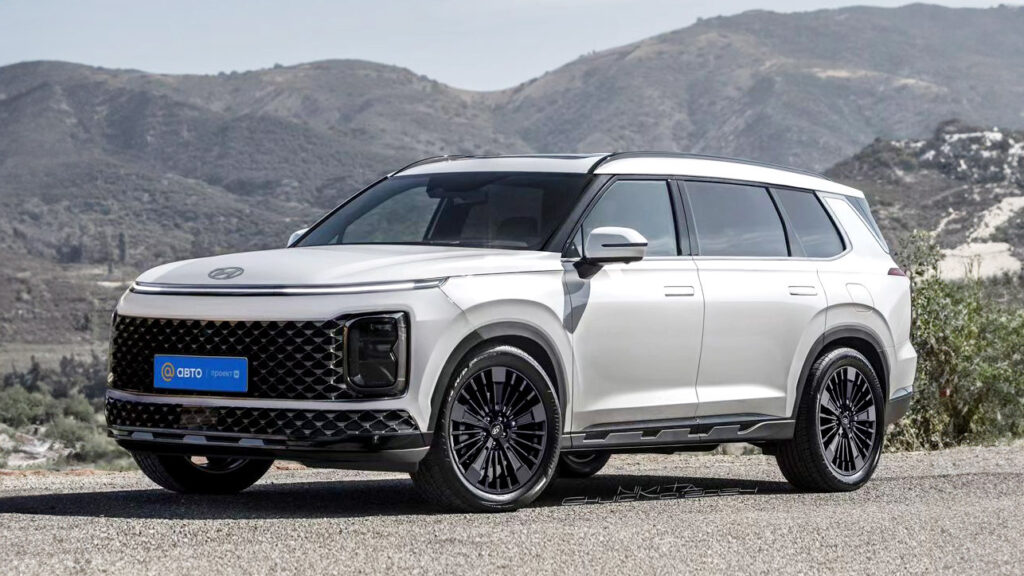The new model will be sold with both a turbocharged 3.5-liter V6 and a hybrid 2.5-liter
15 hours ago

- The 2026 Palisade is expected to receive a significant style overhaul, featuring a boxier design with a bold new front fascia.
- Renderings depict two different design approaches that Hyundai may adopt for the production model that’s expected withing the next year.
- Hyundai might replace the current 3.8L V6 with a more powerful turbocharged 3.5L V6, while a hybrid option is also rumored.
Few carmakers have had quite the same glow-up as Hyundai which continues to release new and updated models at a furious pace. One of its next vehicles set for a refresh will be the 2026 Palisade. Among its forthcoming vehicles due for a refresh is the 2026 Palisade. Spotted undergoing testing on several occasions, designer Kelsonik has now envisioned how it might appear in its final production form.
Like the new Santa Fe, the updated Palisade will have a dramatic and bold new design that will make it look rather unconventional. Whether or not that is a good thing will be up to the market to decide. These renderings from Kelsonik depict the new model with a boxier design than the outgoing model and show two different design directions that Hyundai could adopt.
Read: 2026 Hyundai Palisade Beefs Up With An Edgier Attitude
Both 2026 Palisade models rendered here have an LED light bar across the front and the main headlamps positioned to either side of the blacked-out front grille. The front-end design shown in the second set of renderings is a little more angular and to us, less pleasing to the eye.
Significant modifications will also be made to the side of the SUV. The new model has flush door handles, a tweaked shape, and a slightly different thick D-pillar. Kelsonik has also created two different rear-end designs for the Palisade.
Illustrations Kelsonik
The first design bears a resemblance to the new Kona, featuring an LED light bar and distinct LED taillight clusters. While this aligns with the design language of other Hyundai models, we remain unconvinced. In contrast, the second rear design appears more appealing, with the light bar and taillights integrated into a single unit, resulting in a more cohesive look.
Hyundai will offer a handful of powertrain options for the new model. These are anticipated to include a turbocharged 3.5-liter V6, which is expected to surpass the current naturally-aspirated 3.8-liter unit’s output of 291 horsepower (217 kW / 295 PS). Additionally, a 2.5-liter four-cylinder hybrid engine is likely to be available, reflecting market demand for hybrid powertrains these days.
Note: These are independent designs by Kelsonik and have not been endorsed by Hyundai

